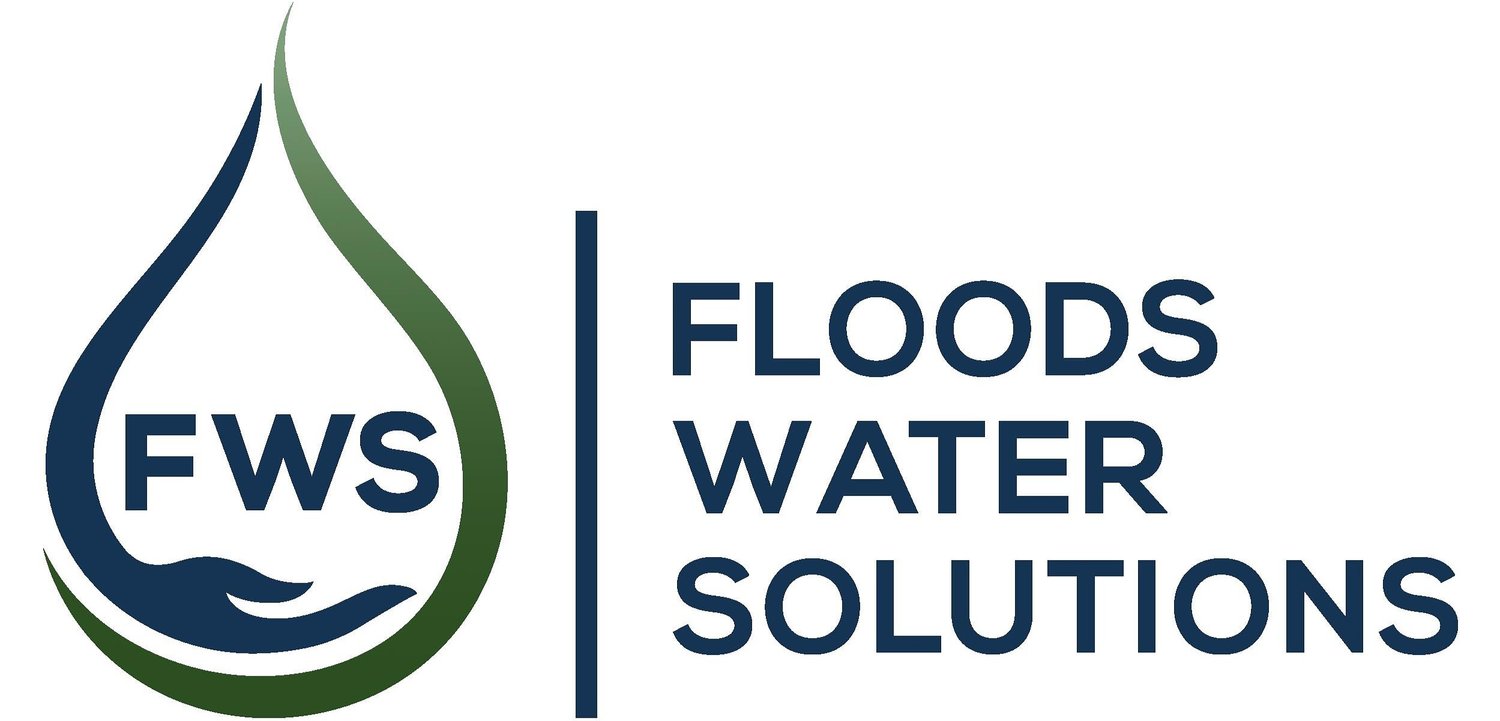
Wastewater Systems - Public & Private
Septic tanks and other domestic wastewater treatment systems are used by rural homeowners to treat wastewater from their homes. There are nearly half a million of these systems in Ireland. The majority are septic tank systems, with some more complex filter systems and mechanical treatment plants.
In areas where there is a public wastewater system individuals and customers will connect to this infrastructure using either a gravity-fed pipe or a pumping station.
How does a septic tank system work?
Domestic wastewater from toilets, sinks, showers, washing machines, and dishwashers goes to the septic tank system.
The solids settle out and form a sludge which needs to be emptied from time to time to prevent blockage. The liquid flows on through the tank and out into a network of shallow underground pipes (called a percolation area). The pipes have small holes that release the liquid so it can filter down through the soil. The liquid is naturally treated as it moves down through the soil before it reaches the groundwater below.
The most basic type of system is a septic tank and percolation area. If a site is not suitable for a standard septic tank and percolation area, there are other options. You can add a filtering system to the septic tank, e.g.
Soil and sand filters
Constructed wetlands
Media filters, e.g. peat, coconut
Willow bed evapotranspiration systems
or you can choose a mechanical treatment plant.
We can carry out an inspection of your system to ensure everything is working as it should be.
Pumping Stations
Pumping stations are used where gravity sewerage is not possible. The tank pumps the water at intervals to the main sewer or wastewater treatment plant. The float switch inside the tank is activated when the level of water reaches a certain level in the tank. The process is curbed by the use of the control float. The pumping chambers contain
A chamber.
A Pump.
Pump controls.
Float and/or an alarm depending on your needs
Multiple and backup pumps are also available.
A domestic pumping station is used primarily for pumping and the transfer of wastewater from:
A single domestic dwelling up to the public rising main.
A dwelling to a wastewater treatment system at a raised location.
A house in an estate that is lower than the main pumping station in the estate.



